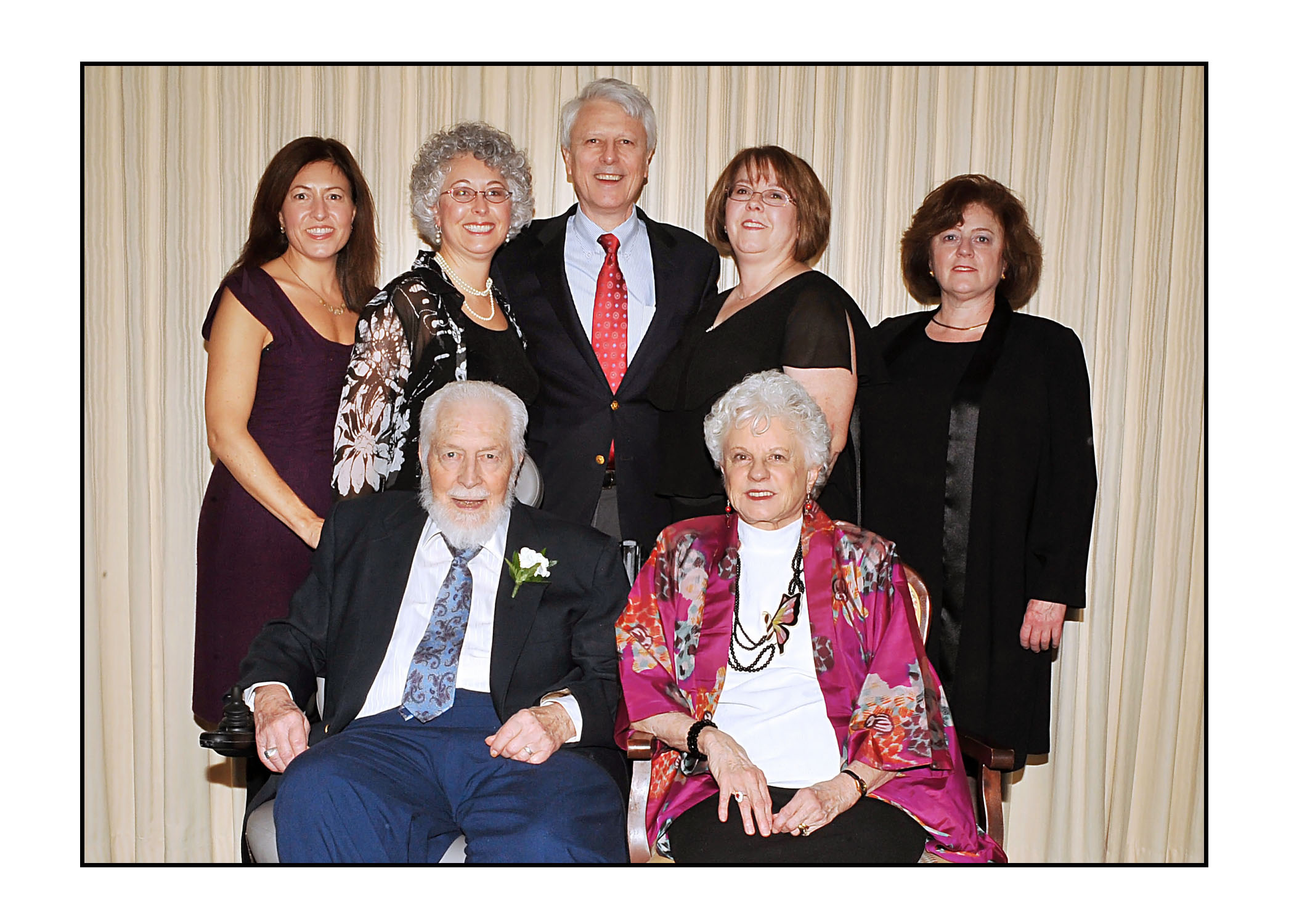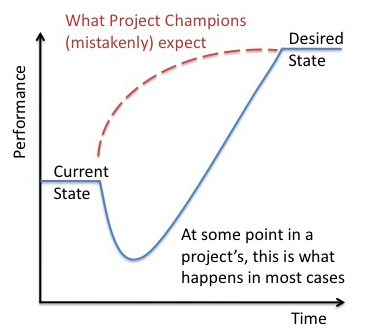The Reverend Doctor Kendall Cowing
Charlotte, North Carolina
Passed away on February 4, 2013
Married to high school sweetheart Della
Father of 5 children, 16 grandchildren and 5 great-grandchildren
I’d like to share four items about Ken and his impact on Compression Planning and leading groups:
- How he mentored me
- His advice about groups with odd behavior
- Why not to get hung up on WHY
- The J-Curve which explains a lot of the frustrations we face
We had a structured “mentoring relationship” for many years
Ken agreed to be my mentor. However, he said we had to have a written agreement or it would fall apart. A few of the terms were:
- We’d meet face-to-face for two uninterrupted days per quarter. Our days were structured as well as having time for free flowing discussions. We agreed to do assignments like each read the same book and discuss it when we were together.
- If we were near each other geographically, we’d build it into our schedule to meet face-to-face between our quarterly get together. Ken lived in North Carolina and I lived in Western Pennsylvania so it took some shuffling of schedules but we made it work.
- Ken believed we had to eyeball each other to have a meaningful mentoring relationship.
- On one of my trips to his home in North Carolina, he saw I was stressed so he put me in a chair in a corner of a bedroom between two windows that looked over a lake. He put on gentle music, shut the door and left me there for over three hours. Just left me there to gear down. I did.
Ken was “Mr. Organizational Development Specialist.” He was big time and worked with CEOs of giant companies. He was a fountain of wisdom, which I was so fortunate to tap into.
I’d call Ken when I ran into bizarre group behavior.
Once he cautioned me “Some groups are just $*&%#&-ed up. Accept it. You’re not going to fix them.” If anyone could help a group he could. After that I stopped thinking I could do things to “fix groups” that were beyond fixing.
Another time I called him as the saddest personal experience of my life happened. Both Ken and his wife Della (both psychologists) got on the phone and simultaneously cautioned me “Don’t spend any time trying to figure out ‘why.’ You’ll never understand it. Just move on. GET ON WITH YOUR LIFE.”
I didn’t follow their advice 100%, but it was the perfect advice at the time and looking back I did follow their wisdom a great deal.
I see Compression Planning teams wanting to dwell on many of the following behavioral issues:
- Why isn’t something working? (not from the technical side but people-wise)
- Why aren’t people participating in our program?
- Why don’t people do what we want them to do, when we want them to do it?
- Why do people do what they do in spite of the fact we know they should do it differently because it is better for them?
During those types of discussions I remember Kendall and Della’s caution and it’s helped me through many clients assignments. Technical issues yes. Behavioral issues trying to figure out “WHY” gets you caught up in a whirlpool of nothingness.
My admonitions to lots of Compression Planning groups (I can almost hear the Cowings’ saying) “Don’t dwell on trying to figure out why. Just get on with it. You’ll never really understand why.
I offer such advice to you for your consideration.
How about if we accept “it just is” and you’re not going to change things.
Move on and put your energy into the future and invent ways to make things better. I think about and quote Kendall and Della’s words almost weekly.
Another thing I learned from Kendall was the J-curve.
The essence is this: you are going along and crawling up the curve. Any project you’re working on, be it personal or business, is going along quite well and all of a sudden the bottom falls out of it. You fall into a pit.
This is “The J-Curve.”
It’s like a law of nature. I’ve seen it happen so often it’s become part of my “bag of tricks.”
Just be aware of it.
Things tend to work out. Being in the curve of the J gives one the energy to pull out of it and keep going. Almost always in my experience.
Look at the last 2-3 projects you’ve been a part of. Did you go through a J-curve?
Good to keep in mind as a Compression Planner.
Ken never took being a mentor lightly.
It was never a token thing between us. While our paths faded in recent years, when we were in active mentor-mentee relationship, I knew he was there for me always. I’m 100% sure the others he mentored felt the same as I do.
He couldn’t have been a better mentor.



Jerry, thank you for the post. Your blog was very relevant and interesting to me. You are a visionary to me, which theme I am testing starting this week in a program on the topic “Encouraging & Training Visionaries.” Keep it up. You are really onto something with your blogs! Sincerely, Jim
Jerry: Thanks for the J-curve info. I used it the curve and comments to help a frustrated team see that there is “light at the end of the tunnel” (or the J-curve) if they perservere! Good seeing you again at the Bayer leadership event in Pittsburgh with Mike Couch.
Best regards,
Shirlyn